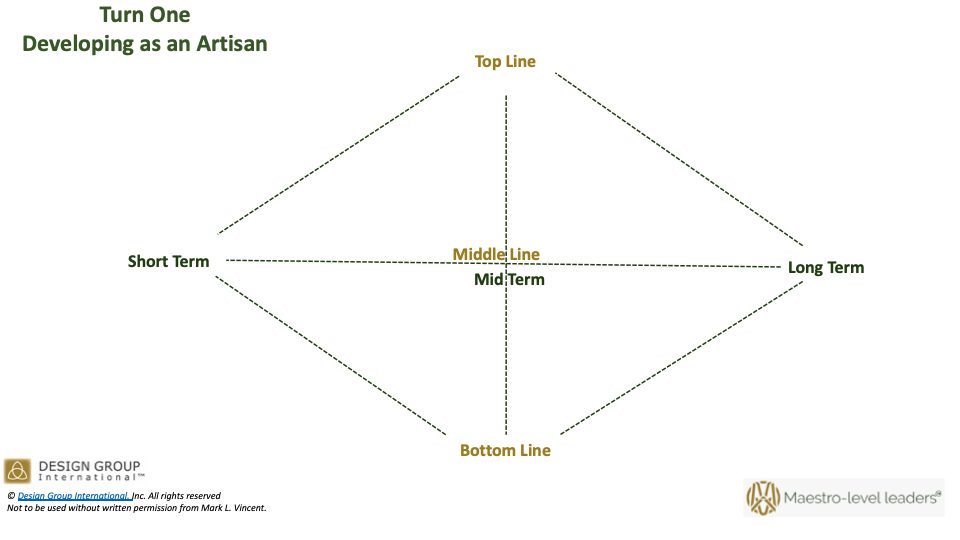
The last blog post provided this tool for planning money and time together, accompanied by an example of a customer concentration scenario. Leaders of organizations will find it helpful for working through decisions and developing their executive leaders. An additional layer of complexity arises within associational systems, as we will see below.

What about associational systems?
Associational systems are made up of multiple organizations combined for some form of confederacy. Think of franchises, chapters in a national association, local clubs in an Olympic sport, congregations in a denomination, or local expressions of a national union.
When using a tool like this, associational systems have to keep all three bottom lines in mind in order to effectively manage their complex decisions.
While many companies fail because they strategize (Time) separately from budgeting (Money), associational systems can fail by not tracking the total of time or money across all of their entities. In addition to a culture in which time and money are separate, associational systems tend to foster a culture that treats each organization separately, resulting in the loss of tracking everyone's collective economy. If a whole is referred to, the supporting platform is usually what is meant rather than the total of all organizations together.
What can executive leaders of organizational systems do?
As suggested in the previous blog post, CEOs need to holding time and money together.
Time: long, middle, and short term
- Money: top, middle, and bottom line
- Together. Not separate. As well, those CEOs need to expect this type of thinking from those they are developing as leaders.
In associational systems, an added dimension is that Time and Money have triple effects:
- Yours (Each individual organization)
- Mine (The individual organization where I am housed)
- Ours (The collective organization made up of all of us)
All three need to be thought through. Ours, the most often overlooked, needs to become viewed as the most critical. If not, there is only us and them. When we stops being cultivated altogether, strategy across the whole associational system becomes a joke, and the future value, succession plans and organizational legacy for the Maestro-level leader in theirThird Turn becomes a broken dream.
With this tool, we are striving for the mental discipline and planning rigor that reduces complexity to a far simpler yet thorough planning line of sight. If you aren't using a tool like this, what are you doing to make sure top, middle and bottom lines are flowing together for the long, middle and short-term? And are all parties in alignment?
You can learn more about Maestro-level leaders and the supporting Third Turn Podcast by clicking on the links.
Tags:
associational systems, executive leadership, Mark L. Vincent, Design Group International, Maestro-level Leaders, The Third Turn, time and money, organizational alignment
Post by
Mark L. Vincent
January 7, 2021
January 7, 2021
I walk alongside leaders, listening to understand their challenges, and helping them lead healthy organizations that flourish.
Comments